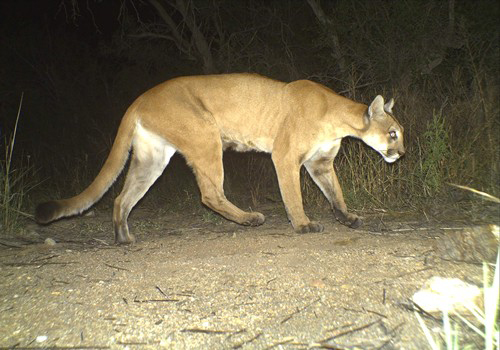Gateway National Recreation Area will reopen the Sandy Hook Unit to the public for the first time since Hurricane Sandy beginning Wednesday, May 1. A ceremony at 10 A.M. will mark the reopening, with U.S. Congressman Frank Pallone in attendance.
“We have been looking forward to this moment since the storm hit us and we’ve worked hard to make it happen this soon,” said Sandy Hook Unit Coordinator Pete McCarthy. “Employees and volunteers have literally dug out beach centers and parking lots, and pumped out flooded basements, we’ve even rebuilt sand dunes and replanted beach grasses.” Work will continue this summer as more services are restored and roads continue to be repaved.
After the opening ceremony Congressman Pallone will address the group, which will include the Marine Academy of Science and Technology (MAST) Color Guard who will be on hand to present the colors. These MAST high school students’ campus is located in the park and their campus was flooded during the storm. The students will finish the school year at an alternate location, host their graduation at Ft. Hancock and will return to Sandy Hook for fall classes.
The gates will open at 5 A.M. to accommodate fishing. Maps of fishing areas are posted on Gateway’s website. Beach F, a favorite spot for fishers, will be accessible by walking up the coast from Beach E.
Beach parking is free until Memorial Day weekend, when beach parking will again cost $15 per day. The park will open all parking areas on May 1st, and is intending to open the beach centers on Memorial Day weekend. Beach parking permits will go on sale beginning May 1st at 9 A.M. at the front gate. Beach parking permits cost $75 for the season, the same as last year.
Beaches B, Gunnison and North will be open to the public. North and Gunnison are lifeguard-protected beaches from Memorial Day through Labor Day during the hours of 10 A.M. to 6 P.M. Beach B is not lifeguard protected. Beaches C, D, and E will also be guarded during the summer season. While the sewage system undergoes repair, beach centers will use portable toilets.
Like the rest of the New Jersey coast, the recovery of Sandy Hook is still a work in progress. Electric, telephone, water and sewage services were all incapacitated by storm. These services are largely but not entirely restored. Throughout the summer, the park will continue to rehabilitate damaged beach centers, sections of the multi-use path and other affected areas. Details are still being worked out for food service but it will be limited for the summer. Ray’s Bike Rentals will be returning to Sandy Hook again this summer, however bikes will only be available for rent at Fort Hancock. The Visitor Center at Spermaceti Cove was one of several buildings damaged by the hurricane and will remain closed at this time.
Established in 1972, Gateway National Recreation Area offers more than 26,000 acres of marshes, wildlife sanctuaries and recreational athletic facilities, miles of sandy beaches; indoor and outdoor classrooms; picnicking and camping areas, as well as historic structures and military installations, airfields, a lighthouse, and adjacent waters around New York harbor. The park offers urban residents in two states a wide range of recreational opportunities year round. It is one of the ten most visited national parks in the country.
For information about Gateway’s upcoming public programs, see the park’s Web site at http://www.nps.gov/gate/.





